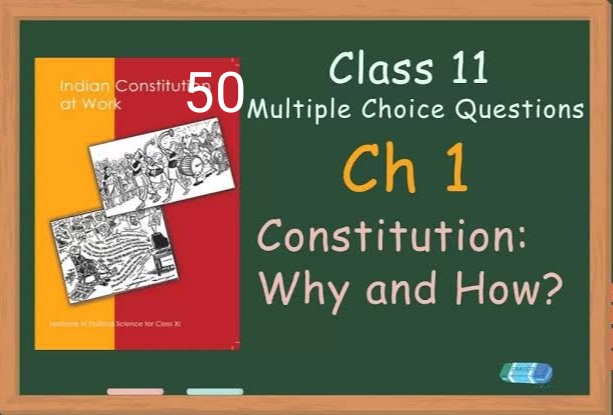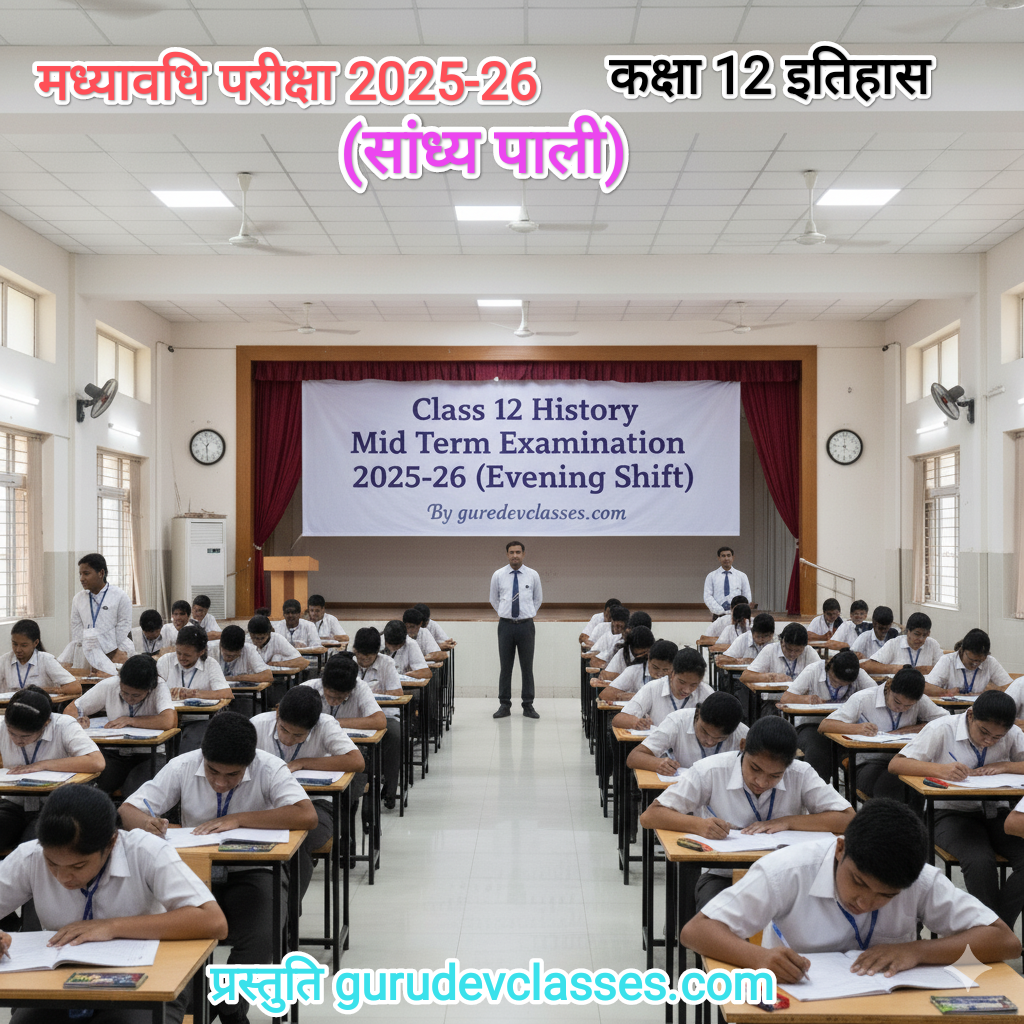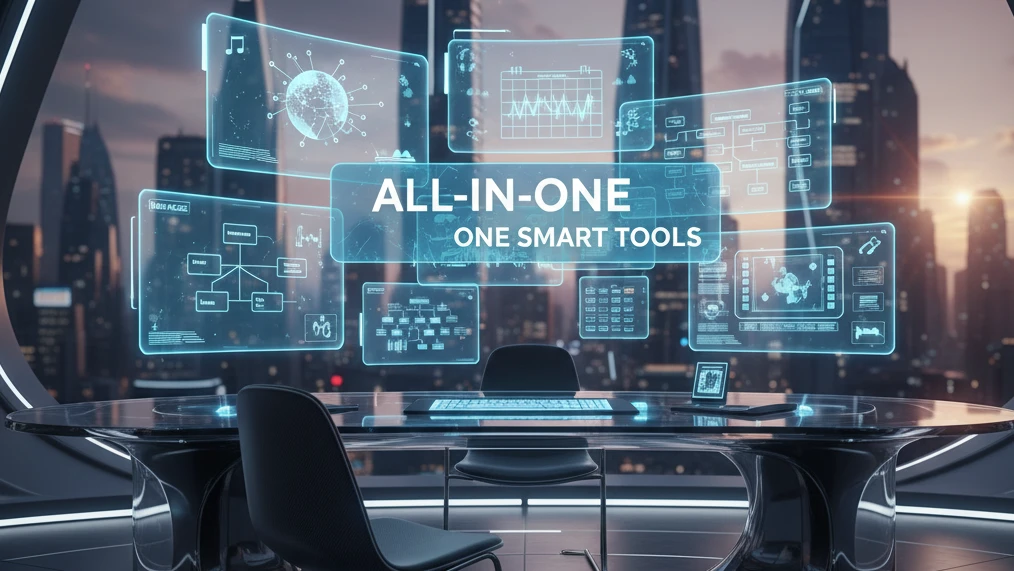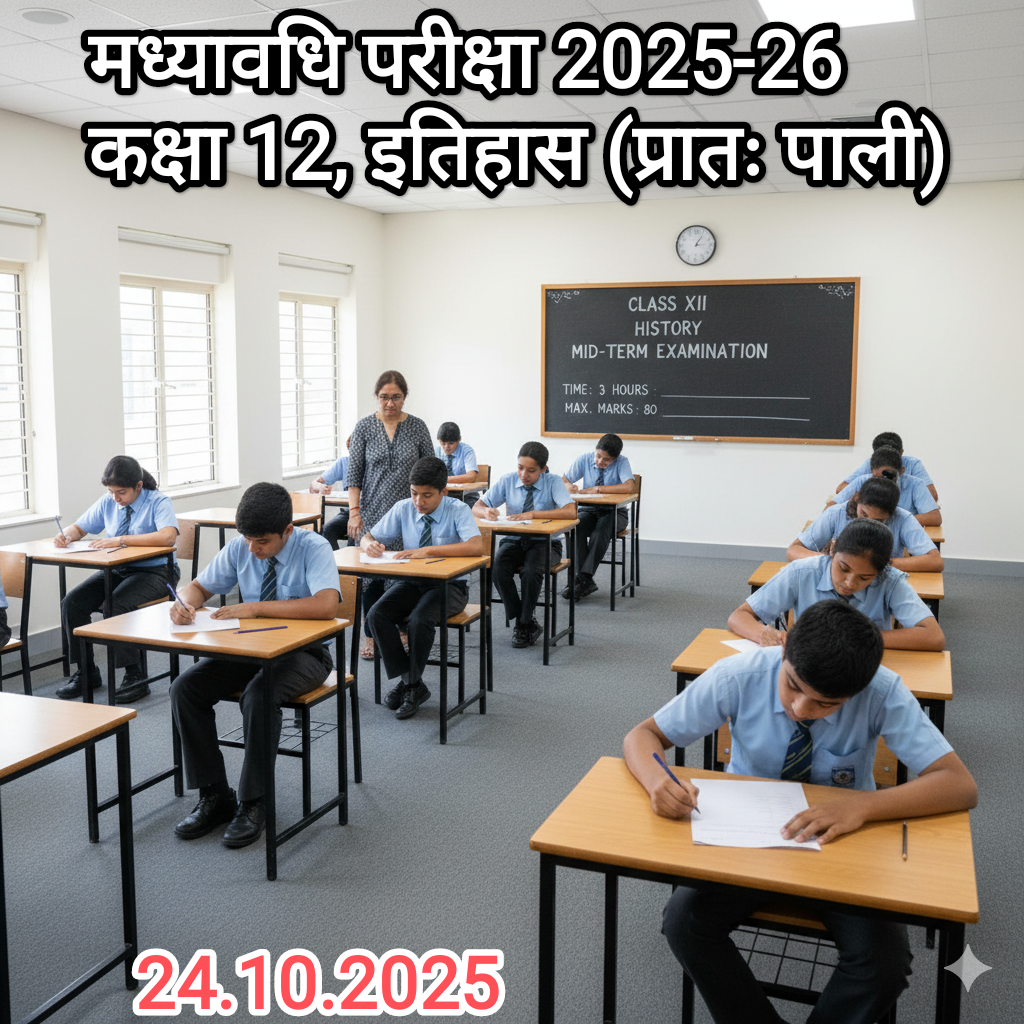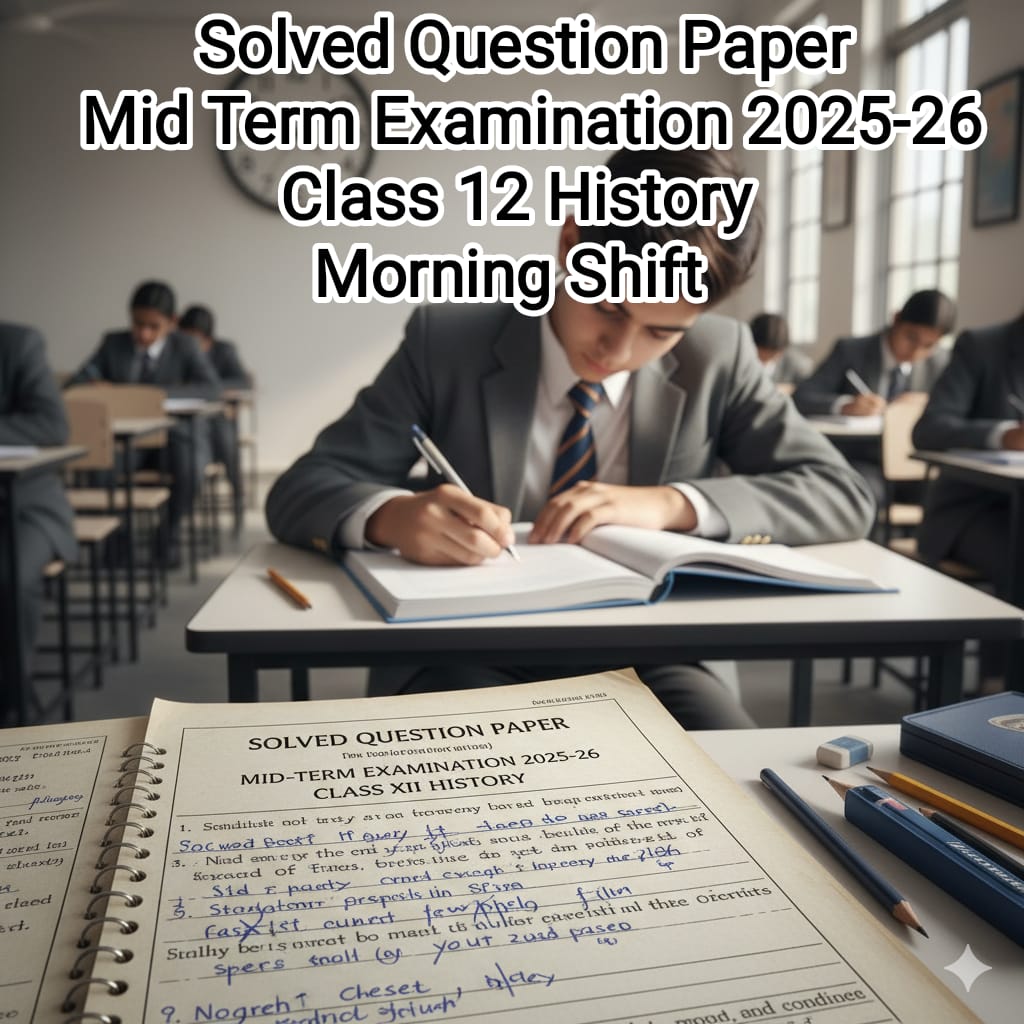Q1. What is a Constitution?
a) A religious book
b) A set of rules and principles
c) A history book
d) A scientific theory
➤ Answer: b) A set of rules and principles
Q2. Which country’s Constitution is the oldest written Constitution?
a) India
b) France
c) USA
d) Britain
➤ Answer: c) USA
Q3.The Indian Constitution came into effect on:
a) 26th January 1950
b) 15th August 1947
c) 2nd October 1947
d) 26th November 1949
➤ Answer: a) 26th January 1950
Q4. Which of the following is not a feature of the Constitution?
a) Grants powers
b) Guarantees rights
c) Provides jobs
d) Limits government power
➤ Answer: c) Provides jobs
Q5. Which body framed the Constitution of India?
a) Lok Sabha
b) Supreme Court
c) Constituent Assembly
d) Parliament
➤ Answer: c) Constituent Assembly
Q6. Who was the Chairman of the Drafting Committee of the Indian Constitution?
a) Jawaharlal Nehru
b) Dr. Rajendra Prasad
c) Sardar Patel
d) Dr. B.R. Ambedkar
➤ Answer: d) Dr. B.R. Ambedkar
Q7. The Constitution of India begins with:
a) Fundamental Rights
b) Directive Principles
c) Preamble
d) Union List
➤ Answer: c) Preamble
Q8. Which of the following is not a purpose of the Constitution?
a) Defining the structure of government
b) Determining tax rates
c) Providing fundamental rights
d) Specifying the relationship between government and citizens
➤ Answer: b) Determining tax rates
Q9. The Constitution limits the power of which organ of the state?
a) Legislature
b) Executive
c) Judiciary
d) All of the above
➤ Answer: d) All of the above
Q10. What ensures that no organ of government becomes all-powerful?
a) Secularism
b) Federalism
c) Rule of Law
d) Separation of Powers
➤ Answer: d) Separation of Powers
Q11. Which of the following best defines constitutionalism?
a) Obedience to ruler
b) Rule by majority
c) Limitation of power by law
d) Rule by king
➤ Answer: c) Limitation of power by law
Q12. Which of these is a source of inspiration for the Indian Constitution?
a) German Constitution
b) Russian Constitution
c) U.S. Constitution
d) Greek Constitution
➤ Answer: c) U.S. Constitution
Q13. How long did the Constituent Assembly take to draft the Constitution?
a) 6 months
b) 1 year
c) 2 years 11 months 18 days
d) 3 years 2 months
➤ Answer: c) 2 years 11 months 18 days
Q14. How many members were there in the Constituent Assembly originally?
a) 299
b) 389
c) 250
d) 350
➤ Answer: b) 389
Q 15.Which value is not mentioned in the Preamble?
a) Liberty
b) Justice
c) Honesty
d) Equality
➤ Answer: c) Honesty
Q16. Which type of government does the Constitution of India provide?
a) Monarchy
b) Military rule
c) Parliamentary democracy
d) Presidential system
➤ Answer: c) Parliamentary democracy
Q17. Who proposed the Objective Resolution in the Constituent Assembly?
a) Dr. B.R. Ambedkar
b) Dr. Rajendra Prasad
c) Jawaharlal Nehru
d) Sardar Vallabhbhai Patel
➤ Answer: c) Jawaharlal Nehru
Q18. The Constitution of India guarantees:
a) Rule of monarch
b) Fundamental rights
c) Unlimited power to government
d) One party rule
➤ Answer: b) Fundamental rights
Q19. Which part of the Constitution reflects the vision and philosophy?
a) Fundamental Rights
b) Preamble
c) Directive Principles
d) Schedules
➤ Answer: b) Preamble
Q20. The Indian Constitution is known as:
a) Flexible
b) Rigid
c) Rigid and Flexible both
d) None of these
➤ Answer: c) Rigid and Flexible both
Q21. The Constitution of India establishes a:
a) Unitary state
b) Federal structure
c) Presidential system
d) Military rule
➤ Answer: b) Federal structure
Q22. Which of the following is a key feature of the Indian Constitution?
a) Supremacy of the President
b) Supremacy of the Army
c) Supremacy of the Constitution
d) Supremacy of Parliament
➤ Answer: c) Supremacy of the Constitution
Q23. The Indian Constitution declares India to be:
a) Socialist, Secular, Democratic Republic
b) Communist
c) Dictatorship
d) Military rule
➤ Answer: a) Socialist, Secular, Democratic Republic
Q24.Which fundamental right ensures equality before the law?
a) Right to Freedom
b) Right to Equality
c) Right to Religion
d) Right against Exploitation
➤ Answer: b) Right to Equality
Q25. Why is the Indian Constitution considered a living document?
a) It is long
b) It can be changed when needed
c) It is in English
d) It has stories
➤ Answer: b) It can be changed when needed
Q26. Why do we need a Constitution?
a) To elect leaders
b) To maintain law and order
c) To limit the power of government and safeguard rights
d) To write laws only
✅ Answer: c) To limit the power of government and safeguard rights
Q27. Who was the first President of the Constituent Assembly?
a) Jawaharlal Nehru
b) Dr. B.R. Ambedkar
c) Dr. Rajendra Prasad
d) Sardar Vallabhbhai Patel
✅ Answer: c) Dr. Rajendra Prasad
Q28. The term “Sovereign” in the Preamble means:
a) Rule of king
b) Free from external control
c) Under UN authority
d) Power of courts
✅ Answer: b) Free from external control
Q29. The Indian Constitution is a product of:
a) Sudden revolution
b) Historical development and debate
c) One person’s idea
d) British Parliament
✅ Answer: b) Historical development and debate
Q30. What does ‘Republic’ mean in the Indian Constitution?
a) Rule by king
b) Hereditary ruler
c) Elected head of state
d) Military rule
✅ Answer: c) Elected head of state
Q31. How many schedules are there in the Indian Constitution?
a) 10
b) 12
c) 8
d) 11
✅ Answer: b) 12
Q32. Which of the following is a feature of the Indian Constitution?
a) Unitary system
b) Dictatorship
c) Secularism
d) Religious state
✅ Answer: c) Secularism
Q33. What is the source of all authority in a democracy?
a) Constitution
b) President
c) Army
d) Judiciary
✅ Answer: a) Constitution
Q34. Which document declares India as a “Union of States”?
a) Directive Principles
b) Fundamental Rights
c) Preamble
d) Article 1 of the Constitution
✅ Answer: d) Article 1 of the Constitution
Q35. The Preamble of the Constitution was adopted on:
a) 15 August 1947
b) 26 November 1949
c) 26 January 1950
d) 2 October 1948
✅ Answer: b) 26 November 1949
Q36. The idea of a written constitution came from:
a) Britain
b) India
c) USA
d) France
✅ Answer: c) USA
Q37. Constitution defines the powers of:
a) Government institutions
b) Individual citizens
c) Private companies
d) Political parties
✅ Answer: a) Government institutions
Q38. The final authority to interpret the Constitution lies with:
a) Parliament
b) President
c) Supreme Court
d) Prime Minister
✅ Answer: c) Supreme Court
Q39. Constitution provides Fundamental Rights in which Part?
a) Part I
b) Part II
c) Part III
d) Part IV
✅ Answer: c) Part III
Q40. What does the Constitution ensure in a democracy?
a) Power to President
b) Random decisions
c) Rule of law
d) Rule by police
✅ Answer: c) Rule of law
Q41. The term “Democratic” in Preamble refers to:
a) Rule by dictator
b) Rule by king
c) Rule by the people
d) Rule by military
✅ Answer: c) Rule by the people
Q42. Which of these is not borrowed in India’s Constitution?
a) Fundamental Duties
b) Parliamentary system
c) President’s rule
d) Dictatorship
✅ Answer: d) Dictatorship
Q43. Directive Principles are included in:
a) Part III
b) Part II
c) Part IV
d) Schedule 1
✅ Answer: c) Part IV
Q44. The Constitution safeguards against misuse of power through:
a) Elections only
b) Police control
c) Separation of powers
d) Secret laws
✅ Answer: c) Separation of powers
Q45. The Constitution is supreme over:
a) Parliament
b) Prime Minister
c) President
d) All of the above
✅ Answer: d) All of the above
Q46. The Constitution helps in the peaceful transfer of power by:
a) Appointing army
b) Specifying election process
c) Protesting
d) Removing leaders by force
✅ Answer: b) Specifying election process
Q47. Which of these was a guiding principle of Constitution makers?
a) Rule by caste
b) Rule of elite
c) Equality and justice
d) Colonialism
✅ Answer: c) Equality and justice
Q48. Constitution ensures rights to minorities by:
a) Ignoring them
b) Giving extra votes
c) Protecting cultural and educational rights
d) Merging them with majority
✅ Answer: c) Protecting cultural and educational rights
Q49. Constitution empowers citizens to:
a) Control the police
b) Demand rights and equality
c) Make international treaties
d) Make laws
✅ Answer: b) Demand rights and equality
Q50. What is the nature of Indian Constitution?
a) Only rigid
b) Only flexible
c) Rigid and flexible
d) None
✅ Answer: c) Rigid and flexible
